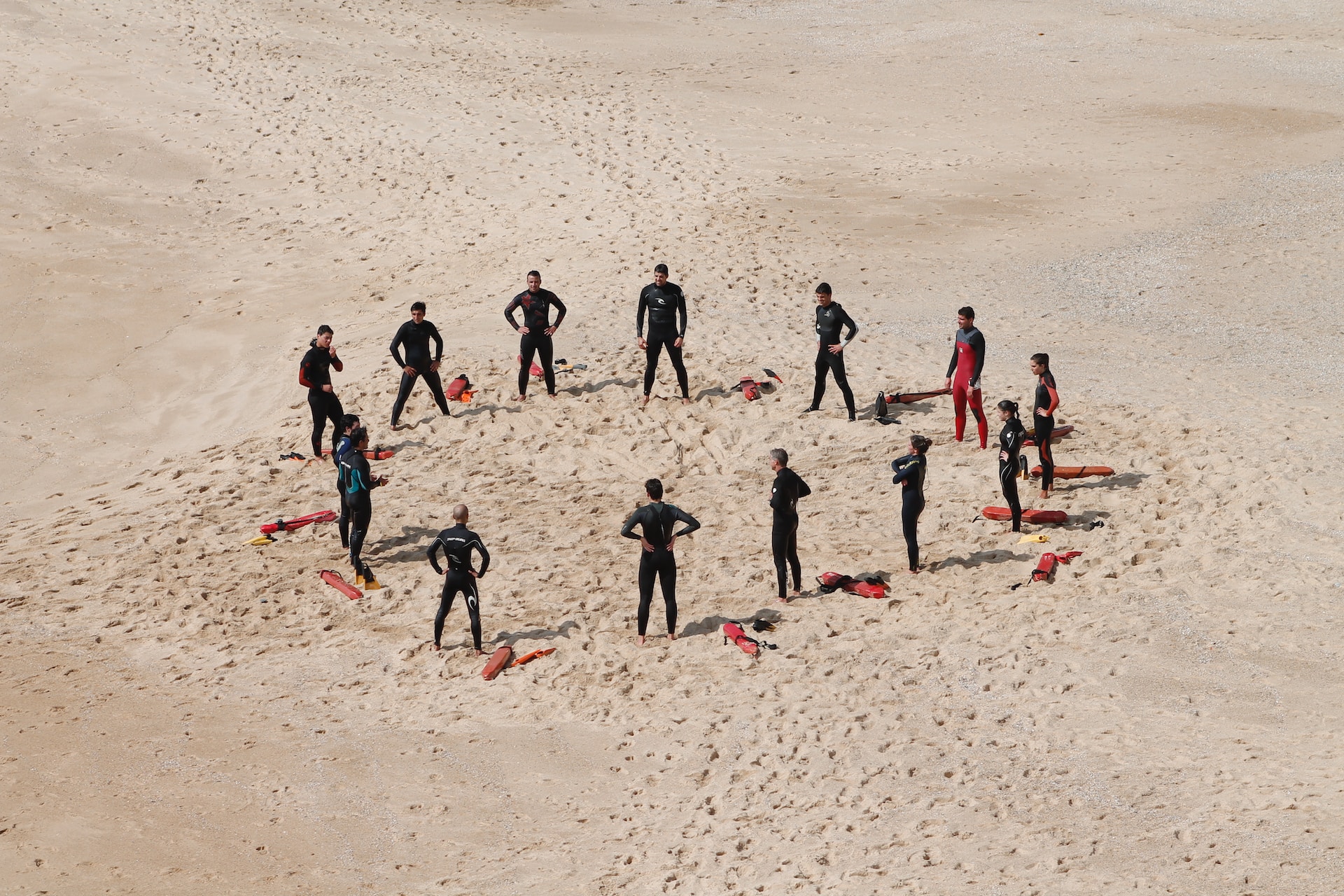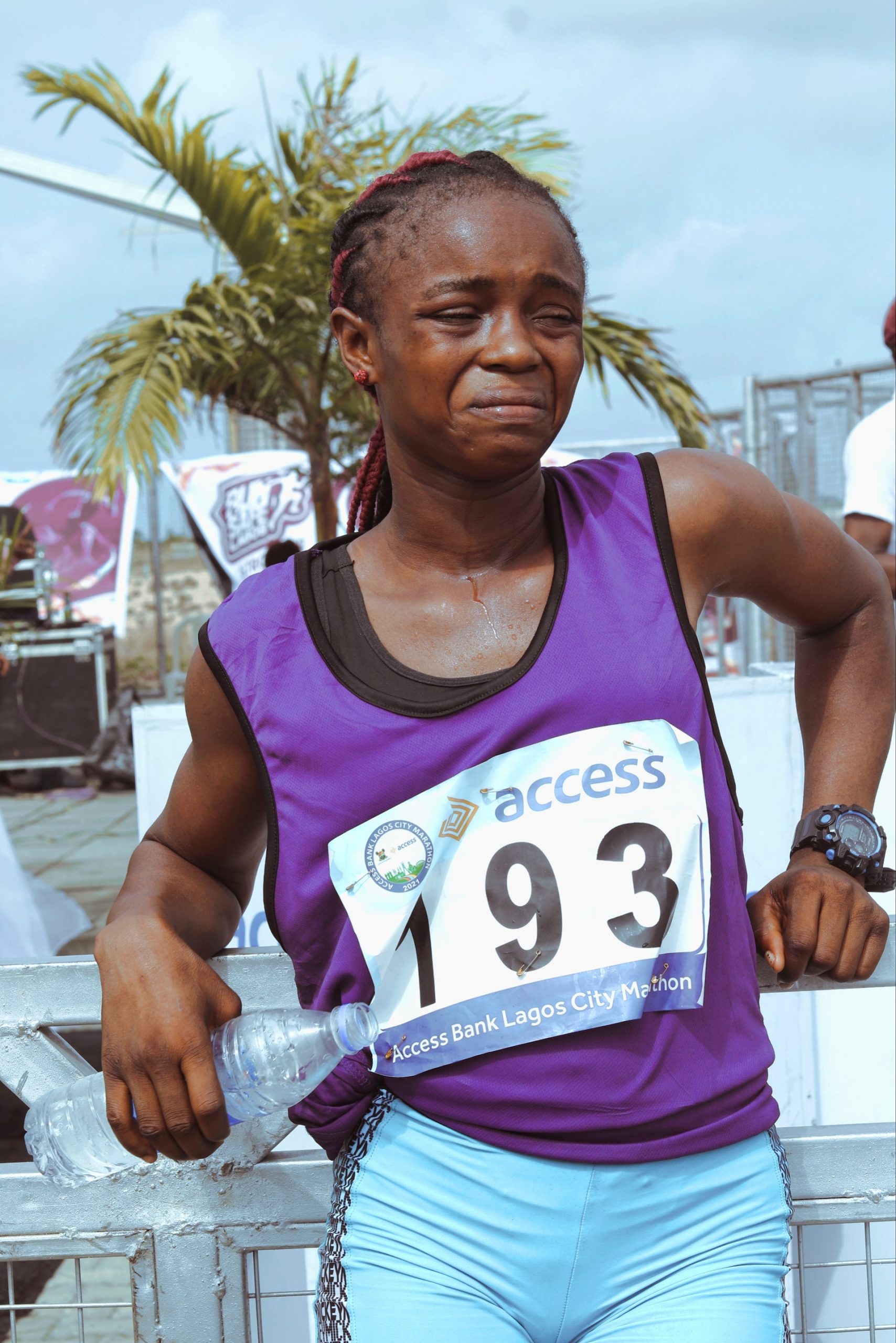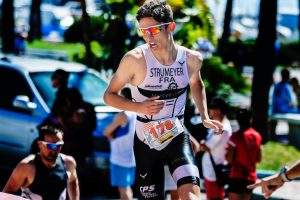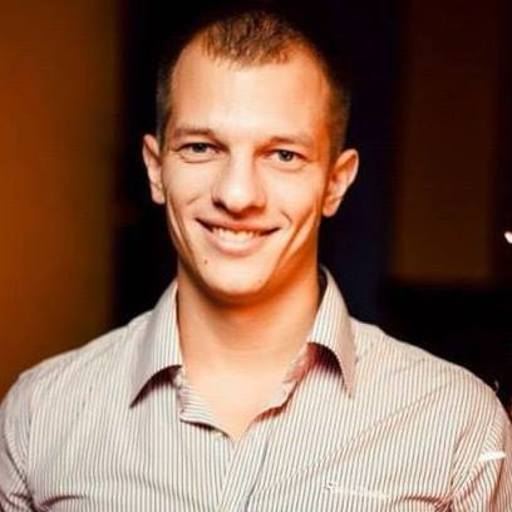The key to staying competitive in the demanding world of triathlon lies not just in achieving peak running performance but in maintaining and continually improving it.
This final stage of our running journey revolves around consistent progress checks, adaptable training plans, tackling plateau periods, preventive measures for injuries, effective recovery strategies, and, most importantly, mental strength and motivation.
Curious about adding more miles to your runs? While increasing mileage can improve endurance and speed, doing it too fast can lead to injuries. Check out our guide on how to increase mileage running for a breakdown of how to increase mileage safely, so you can reach your goals without setbacks.
Regular Fitness Assessments: Keeping Check on Your Progress
Fitness assessments provide valuable information about an athlete’s performance level.
It also helps them to identify their strengths and areas for improvement.
They serve as an excellent tool to measure the effectiveness of a training regime and to adjust it according to the athlete’s evolving needs.
A comprehensive fitness assessment for a runner would typically include tests for cardiorespiratory endurance (VO2 max), muscular endurance, flexibility, strength, and body composition.
These assessments aren’t just routine check-ups.
They provide a clear roadmap of an athlete’s progress, acting as a beacon to guide their training journey.

1. Fitness Assessment Statistics: A Closer Look
A study conducted by the Journal of Sports Sciences in 2013 analyzed the importance of regular fitness assessments and their correlation with athletic performance.
The study, which included over 300 recreational runners, found that individuals who conducted regular fitness assessments, at least once every six weeks, saw a 23% improvement in their running performance over a year, compared to a 14% improvement in those who didn’t.
Another interesting statistic is from the American Council on Exercise, which suggests that 65% of individuals who incorporated regular fitness assessments into their training regime were more likely to stick with their exercise program in the long run.
This can be attributed to the motivational boost that seeing tangible progress provides.

2. The Schedule for Success: Timing Your Fitness Assessments
Most professional running coaches recommend conducting a comprehensive fitness assessment every 4-6 weeks.
This period is long enough to allow for significant adaptation to the training.
But short enough to make the necessary adjustments in time.
It’s also important to note that assessments should be scheduled strategically to avoid interference with high-intensity training sessions or recovery periods.
Conducting an assessment when the body is fatigued or not fully recovered could result in underestimations of fitness level and potential performance.

3. Regular Assessments for Continual Improvement
Scott Jurek, one of the most dominant ultramarathon runners in the world, has often spoken about the role of regular fitness assessments in his training regimen.
He once said, “Training for an ultra isn’t just about grinding out the miles. It’s at least as much about knowing your body and understanding what it’s telling you.”
In his case, regular assessments allowed him to understand his body’s response to different training stimuli.
It also allowed him to tailor his training to maximize performance and recovery.
It was this thoughtful, data-driven approach to training that helped him win numerous ultramarathons.
Including the prestigious Western States Endurance Race – seven times!
In conclusion, regular fitness assessments are a crucial part of an effective running training program.
They provide tangible quantitative feedback.
And it, in turn, significantly improves a runner’s performance, motivation, and consistency.

Adaptable Training Plans: The Art of Adjusting
An effective training plan isn’t a static entity.
It’s an evolving tool that should be adjusted based on progress, fitness level changes, and goals.
For instance, if you’ve achieved a significant speed boost in your last assessment, it might be time to focus more on endurance or hill running workouts.
This approach keeps your training dynamic and tailored to your needs.

Tackling Plateaus: Breaking Through the Performance Stagnancy
Every athlete experiences plateaus, where despite consistent training, progress seems to halt.
Don’t be disheartened. This is just a sign that your body has adapted to its routine and needs new challenges.
Implement changes in your regimen, try cross-training, or focus on strength training for a while.
These shifts can help you break through the plateau and get back on track.

The Vital Duo: Injury Prevention and Recovery Strategies
Running, like any physical sport, carries the risk of injuries in triathlon.
However, you can significantly reduce this risk by incorporating preventive measures.
Such as proper warm-up and cool-down routines, strength training, adequate rest, and using the correct running form.
In the event of an injury, focus on recovery strategies like physiotherapy, rest, ice, compression, and elevation (RICE).
Remember, the wisest words from Paula Radcliffe, the Women’s Marathon World Record Holder, “Be patient. Be patient. And be patient. Patience is the key to recovery.”
Mental Strength & Motivation: The Invisible Force of Improvement
Running is as much a mental challenge as it is a physical one.
As legendary Olympian Jesse Owens said, “We all have dreams. But in order to make dreams come into reality, it takes an awful lot of determination, dedication, self-discipline, and effort.”
Mental fortitude, consistent motivation, and the will to push your limits are crucial elements in your journey of continual improvement.

Conclusion
The pursuit of running performance enhancement is a journey rather than a destination.
It’s about consistently striving for improvement, being patient with your progress, and having the mental strength to push through challenges.
Remember, every run, every assessment, every adjustment to your training plan, and every recovery strategy takes you one step closer to your triathlon goals.
Keep running, keep improving, and most importantly, keep enjoying the journey.
Check out this base running training plan to level up your endurance and performance.






